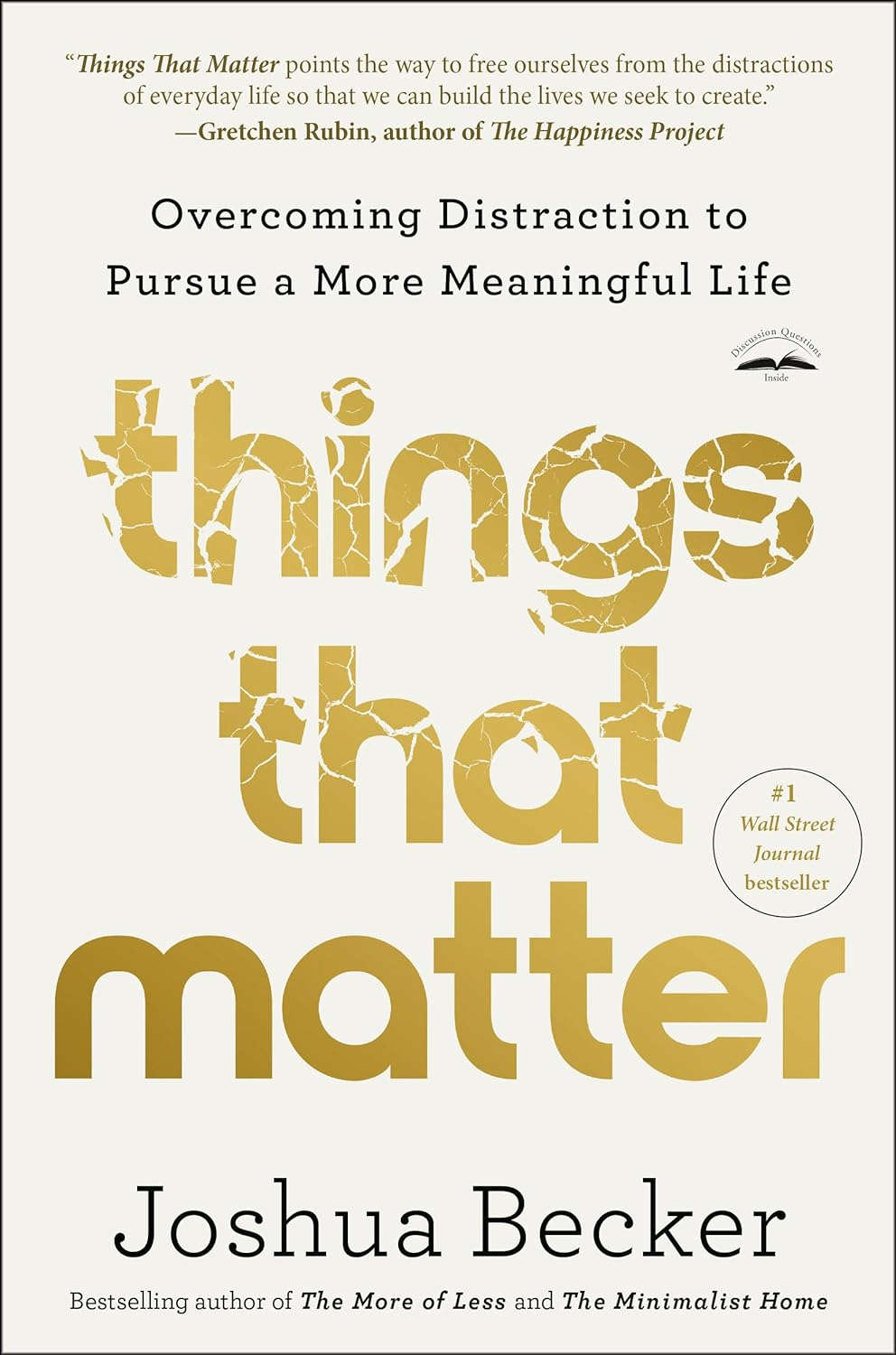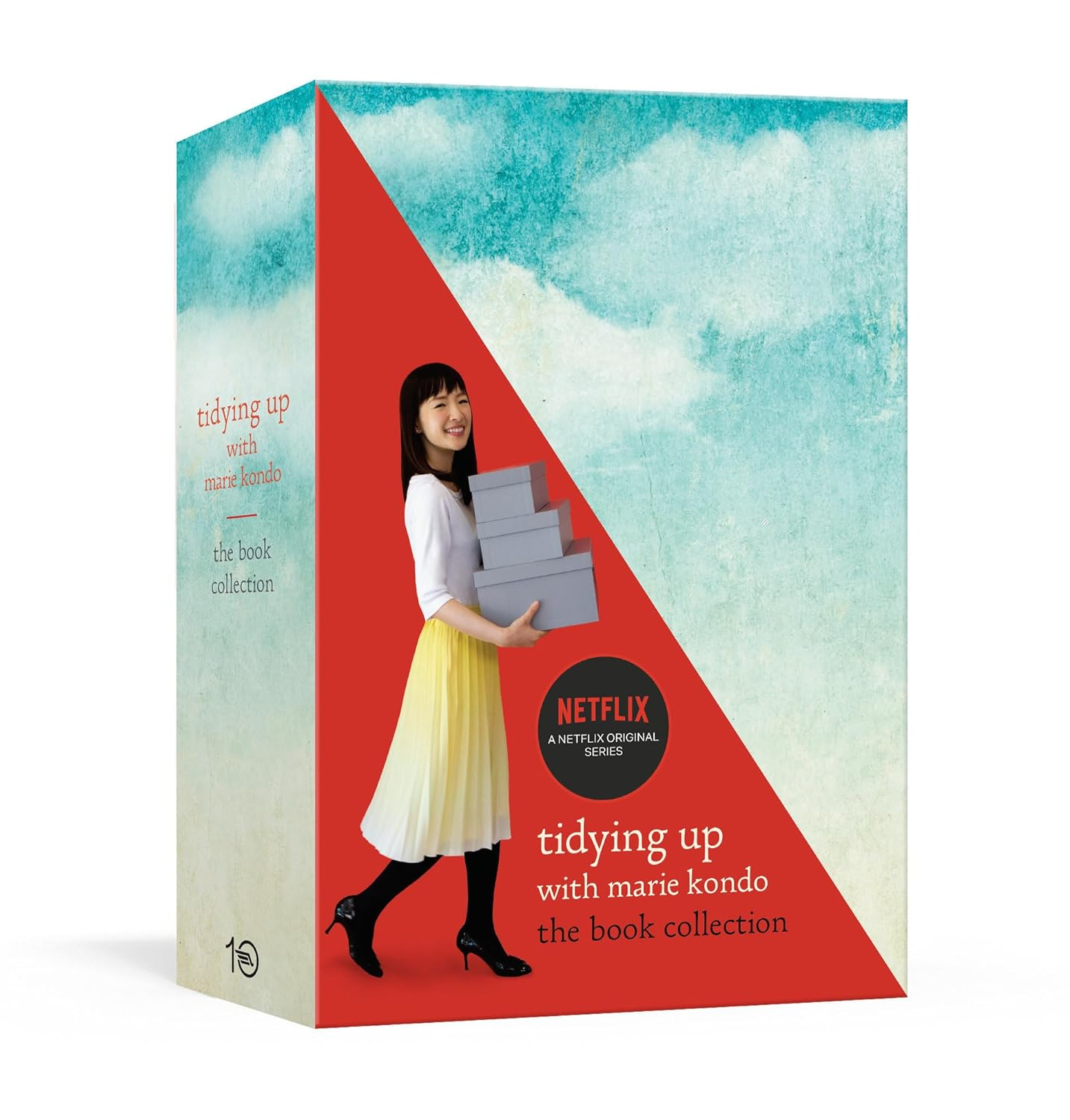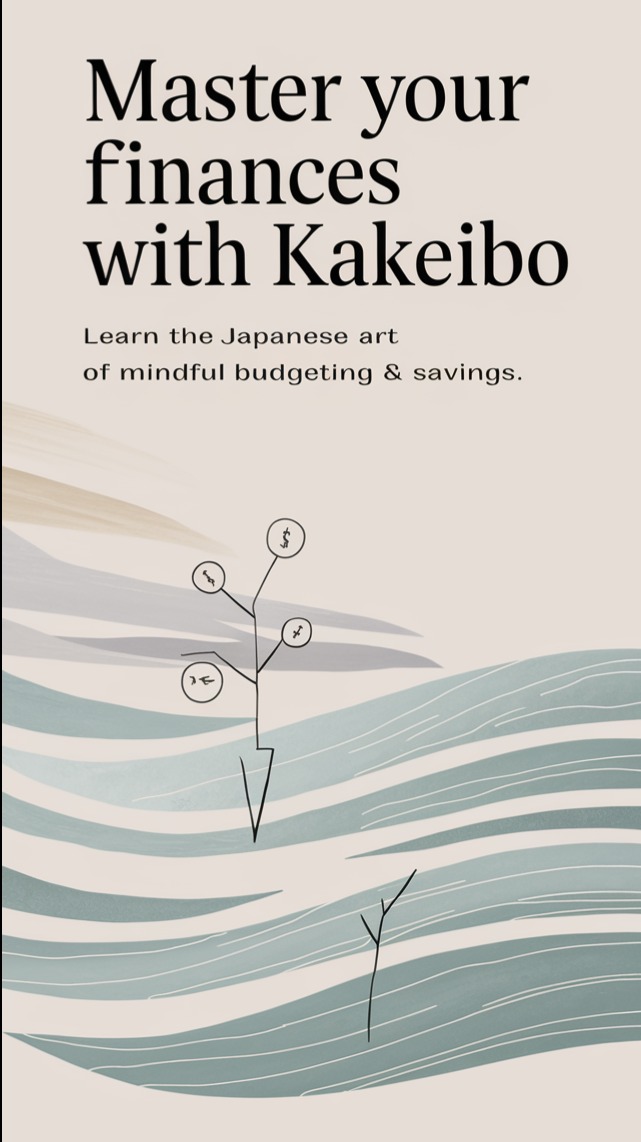embracing minimalism: a guide to simplifying your life
Minimalism is more than just a design aesthetic. It's a lifestyle choice that encourages us to focus on what's essential, removing anything that doesn't add value to our lives. In this comprehensive guide, we'll explore various methods and philosophies behind minimalism and decluttering, adapting approaches from experts like Marie Kondo, proponents of Project 333, and many others.
practical first steps: starting small
For those overwhelmed by where to start, begin with a single drawer or shelf. Remove everything, sort items into categories, and only replace what is necessary. This manageable approach can yield significant insights and instill confidence, which can then be applied to larger areas.
1. understanding the joy of less: marie kondo's konmari method
Marie Kondo's KonMari method is perhaps the most well-known decluttering technique globally, emphasizing joy in the tidying process. The fundamental principle involves holding each item and asking yourself, “Does this spark joy?” If the answer is no, you thank the item for its service and let it go. This method isn't just about tidying up; it's about appreciating the items that make life truly valuable.
2. fashionably minimal: the power of project 333
Project 333 is a minimalist fashion challenge that involves selecting 33 items or less to wear over 3 months. By limiting choices, this challenge helps reduce decision fatigue, simplifies morning routines, and can transform your relationship with shopping and consumption. It forces you to prioritize what you truly need and love, making your closet a haven of favorite things.
3. imaginative downsizing: the move out method
The Move Out Method involves pretending you're moving to a significantly smaller space. This mental exercise pushes you to evaluate what's essential and what can be lived without. If you wouldn't take an item to a smaller home, why keep it in your current one? This approach can provide a surprising perspective on what is genuinely needed.
4. gamifying decluttering: fun and engaging methods
Turning decluttering into a game can significantly enhance the enjoyment and effectiveness of the process. Methods like the 30-Day Minimalism Game involve getting rid of one item on the first day, two on the second, and so on, turning a daunting task into a fun and competitive activity. Similarly, Decluttering Bursts, where you challenge yourself to declutter for just 5 or 10 minutes at a time, can also make a significant impact without the overwhelming feel of a massive project.
5. thoughtful departures: the swedish death cleaning method
Swedish death cleaning is a decluttering approach based on the idea of considering what will happen to your belongings after you pass away. It encourages a thoughtful reduction of your possessions, making your space more manageable and considerate for those you might leave behind. It's not just practical but also a contemplative process on what truly matters in your material life.
6. systematic and family-inclusive: the becker method
Joshua Becker's method suggests tackling clutter room by room, starting with the most used areas. This approach is systematic and can be less intimidating for those new to minimalism. Becker also emphasizes the importance of involving family in the decluttering process, making it a collective effort that embeds the values of minimalism across the household.
7. complete overhaul: peter walsh's method
Peter Walsh advocates for a more radical approach: removing every item from the room and only bringing back what is necessary. This method allows for a profound reassessment of what you own, grouped by category, which aids in recognizing redundancy and excess.
8. short and sweet: the fly lady method
The Fly Lady method is perfect for those who feel overwhelmed by the idea of a large-scale declutter. It involves decluttering in short, timed bursts, which can help maintain motivation and focus without becoming an overbearing task.
9. one item at a time: colleen madsen's 365 less things
Colleen Madsen’s approach of removing one item from your home every day for a year is an excellent method for those looking for slow but steady decluttering. It reduces the pressure of having to tackle large chunks of your belongings at once and seamlessly integrates decluttering into daily life.
to sum it all up
Each of these methods offers a unique perspective on how to approach the minimalist lifestyle. Whether you choose Marie Kondo's joy-sparking philosophy, the thoughtful Swedish Death Cleaning, or any other approach, the ultimate goal remains the same: to simplify your life, making room for what truly matters. Over time, you'll find that minimalism isn't just about having fewer things; it's about having more time, more clarity, and more joy. Embrace the journey of minimalism, and watch how it transforms your life.
books that helped me on my minimalism journey

I highly recommend starting off by reading the book "Decluttering at the speed of life" by Dana K White. She also has a podcast with over 400 episodes containing practical and helpful tips you can find it here www.aslobcomesclean.com/podcasts

Another great read is the book from Joshua Becker called "Things that Matter". He also has a great website with regular blog posts that you can find here www.becomingminimalist.com

If you are looking for specific help in decluttering then the book "Tidying Up - with Marie Kondo" by the famous Japanese decluttering expert Marie Kondo utilizing her KonMari method. Grab a copy of her book collection here Tidying up with Marie Kondo on Amazon

decluttering techniques from minimalists that actually work